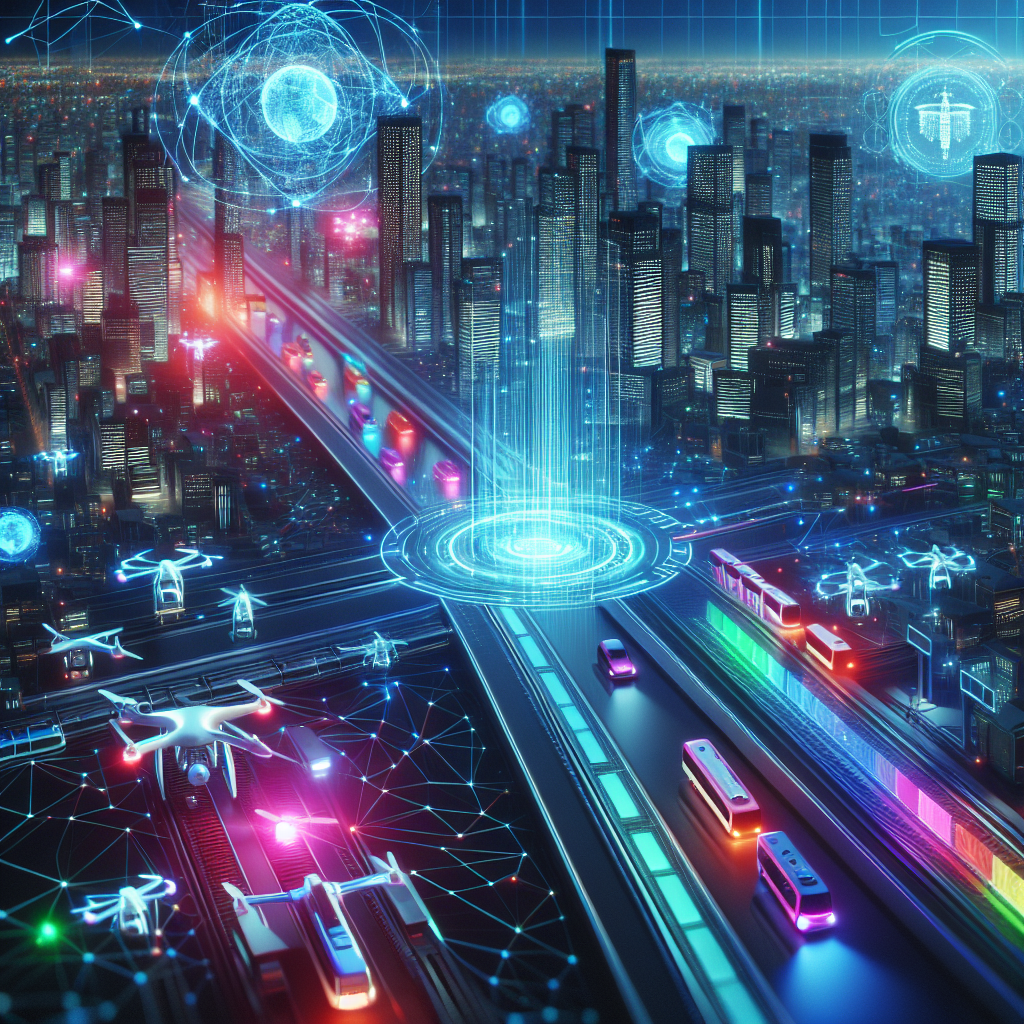In recent years, artificial intelligence (AI) has been revolutionizing various industries, and government transportation and infrastructure planning is no exception. AI has the potential to significantly improve the efficiency, safety, and sustainability of transportation systems, as well as streamline the planning and development of infrastructure projects. In this article, we will explore the ways in which AI is shaping the future of government transportation and infrastructure planning.
AI in Transportation Planning
One of the key areas where AI is making a significant impact is in transportation planning. AI algorithms can analyze vast amounts of data, such as traffic patterns, weather conditions, and infrastructure usage, to optimize transportation systems and improve traffic flow. This can result in reduced congestion, shorter travel times, and lower emissions.
AI can also be used to predict future transportation needs and trends, allowing governments to plan infrastructure projects more effectively. By analyzing data on population growth, urbanization, and economic development, AI can help identify areas where new roads, bridges, and public transportation systems are needed.
Another way in which AI is transforming transportation planning is through the use of autonomous vehicles. AI-powered self-driving cars and trucks have the potential to revolutionize the way people and goods are transported, offering a safer, more efficient, and more environmentally friendly alternative to traditional vehicles. Governments are increasingly incorporating autonomous vehicles into their transportation plans, and AI is playing a crucial role in developing the infrastructure and regulations needed to support this technology.
AI in Infrastructure Planning
AI is also revolutionizing infrastructure planning by helping governments make more informed decisions about how to design and build roads, bridges, airports, and other essential facilities. AI can analyze data on factors such as soil conditions, traffic patterns, and environmental impact to optimize the design and construction of infrastructure projects, resulting in more cost-effective and sustainable outcomes.
AI can also improve the maintenance and management of infrastructure by predicting when repairs are needed and identifying potential problems before they occur. By analyzing data on infrastructure usage, weather conditions, and wear and tear, AI algorithms can help governments prioritize maintenance and allocate resources more efficiently.
Another area where AI is making a significant impact is in disaster planning and response. AI algorithms can analyze data on natural disasters such as hurricanes, earthquakes, and floods to predict their potential impact and develop strategies to mitigate damage. In the event of a disaster, AI can help governments coordinate emergency response efforts, mobilize resources, and ensure the safety of affected populations.
FAQs
Q: How is AI being used to improve public transportation systems?
A: AI is being used to optimize public transportation systems by analyzing data on passenger demand, traffic patterns, and infrastructure usage. AI algorithms can help governments improve the efficiency and reliability of public transportation services, reduce congestion, and enhance the overall passenger experience.
Q: What are the benefits of using AI in transportation planning?
A: The benefits of using AI in transportation planning include reduced congestion, shorter travel times, lower emissions, improved safety, and better allocation of resources. AI can help governments make more informed decisions about how to design and manage transportation systems, resulting in a more efficient and sustainable infrastructure.
Q: How is AI helping governments plan for the future of transportation and infrastructure?
A: AI is helping governments plan for the future of transportation and infrastructure by analyzing data on population growth, urbanization, economic development, and technological trends. AI algorithms can help governments predict future transportation needs and trends, identify areas where new infrastructure projects are needed, and develop strategies to meet these challenges effectively.
Q: What are the challenges of implementing AI in government transportation and infrastructure planning?
A: Some of the challenges of implementing AI in government transportation and infrastructure planning include data privacy concerns, regulatory barriers, and the need for skilled professionals to develop and implement AI algorithms. Governments must also ensure that AI is used ethically and transparently to avoid bias and discrimination in decision-making processes.

